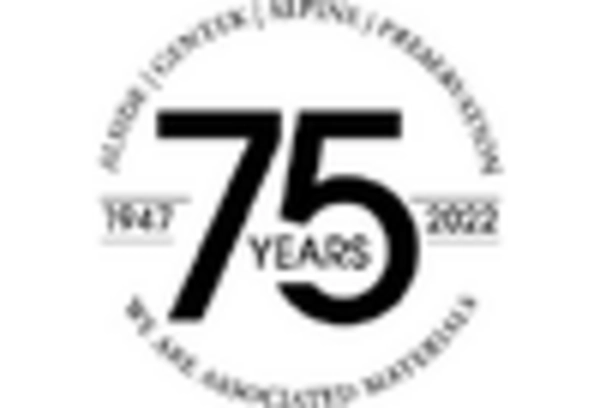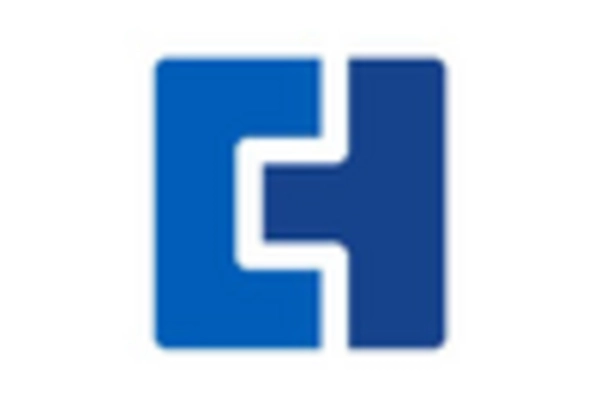Market Share
US Exterior Wall Systems Market Share Analysis
In the ever-evolving landscape of the US Exterior Wall Systems Market, companies strategically implement various market share positioning strategies to establish a robust presence and gain a competitive advantage. One key strategy centers around product differentiation through innovative exterior wall system designs and materials. Firms invest in research and development to create solutions that offer enhanced energy efficiency, durability, and aesthetic appeal. By introducing cutting-edge designs and incorporating advanced technologies, companies can distinguish themselves in the market and appeal to clients seeking high-performance and visually appealing exterior wall solutions.
Cost leadership stands out as another pivotal strategy embraced by companies in the US Exterior Wall Systems Market. This approach revolves around optimizing manufacturing processes, negotiating favorable supplier contracts, and achieving economies of scale. By becoming a low-cost producer, companies can offer competitive pricing for their exterior wall systems, attracting a broader customer base. Cost-effective solutions not only appeal to budget-conscious clients but also provide companies with a strategic advantage against pricing pressures and market uncertainties, ensuring sustained profitability.
Market segmentation plays a crucial role in the positioning strategies of exterior wall system manufacturers in the United States. Recognizing the diverse requirements of different construction projects, companies tailor their products to address specific market segments. This may include solutions designed for residential, commercial, or industrial applications, each with its own set of performance and aesthetic considerations. Effective segmentation enables companies to capture market share within specialized niches, providing solutions that precisely meet the needs of different industries and project types.
Strategic collaborations and partnerships are instrumental in enhancing market share positioning within the US Exterior Wall Systems Market. Companies often collaborate with architects, construction firms, and developers to strengthen their supply chain, expand market reach, and facilitate innovation. Collaborations can lead to joint projects, shared resources, and the development of integrated solutions that combine exterior wall systems with complementary building technologies. Partnering with key stakeholders allows companies to leverage collective strengths, share expertise, and collectively address the complexities of the construction industry, contributing to increased market share.
Sustainability is an increasingly important factor influencing market share positioning strategies in the US Exterior Wall Systems Market. With a growing emphasis on green building practices and environmental responsibility, companies are incorporating eco-friendly materials, energy-efficient designs, and sustainable manufacturing processes into their exterior wall systems. Embracing sustainability not only aligns with industry trends but also resonates with environmentally conscious clients, helping companies gain favor among those who prioritize environmentally friendly construction solutions.
Moreover, a robust digital presence is integral in today's technologically driven business environment. Exterior wall system companies in the United States leverage digital marketing, online platforms, and interactive tools to connect with architects, contractors, and clients. An effective online presence enables companies to showcase their portfolio, provide educational resources, and engage with clients directly, enhancing brand visibility and trust in the competitive exterior wall systems market.

















Leave a Comment